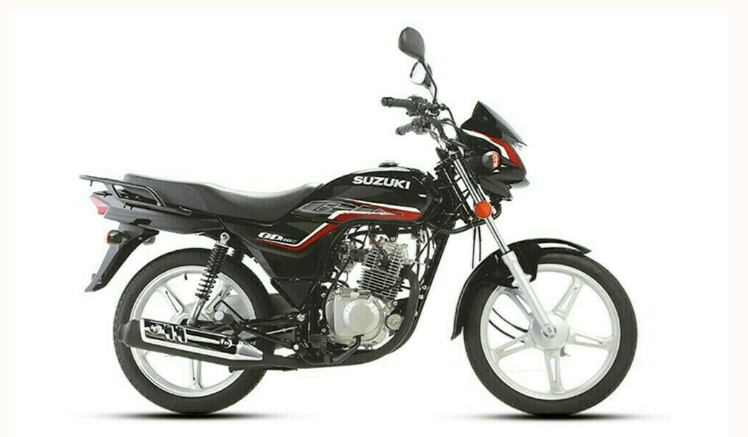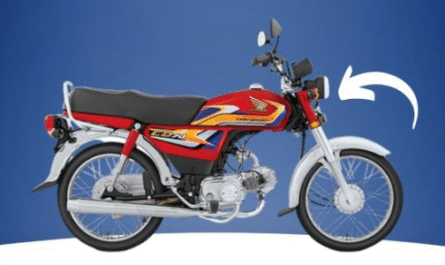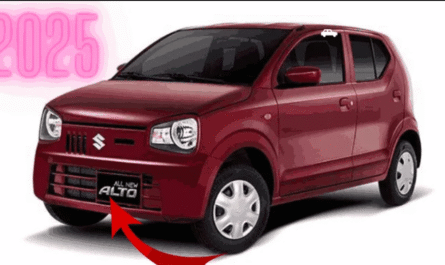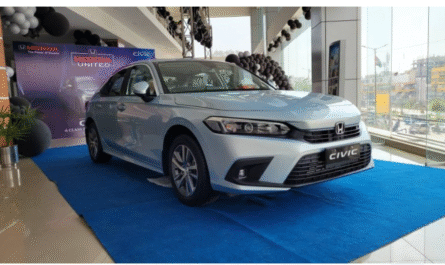Starting July 1, 2025, major Pakistani motorcycle brands—led by Atlas Honda and followed closely by United Auto Industries (United Motorcycles) and Pak Suzuki—have raised their retail prices across the board. These increases stem directly from new federal tax measures introduced in the 2025–26 budget, including a 1% Carbon Levy on imported engines and an NEV (New Energy Vehicle) Levy, compounding existing economic pressures like inflation and rupee depreciation.
Atlas Honda: Leader in Market & Price Hikes
Atlas Honda, which captures more than 50% of the country’s motorcycle market, raised prices by Rs 2,000 to Rs 6,000 depending on the model due to the 1% Carbon Levy. Here’s the updated pricing summary:
| Model | Increase | New Price |
|---|---|---|
| CD‑70 | +2,000 | Rs 159,900 |
| CD‑70 Dream | +2,000 | Rs 170,900 |
| Pridor | +3,000 | Rs 211,900 |
| CG‑125 | +4,000 | Rs 238,900 |
| CG‑125 Self‑Start / Gold | +4,000 | Rs 286,900 / Rs 296,900 |
| CB‑125F | +6,000 | Rs 396,900 |
| CB‑150F / Special | +6,000 | Rs 499,900 / Rs 503,900 |
These increases are a direct pass-through of new taxes to consumers already struggling with high inflation and fuel costs.
United Motorcycles: NEV Levy & Rupee Pressure
United Auto Industries adjusted prices upward in the wake of the 1% NEV Levy and the weakening PKR, impacting the cost of imported parts. New retail rates include:
- 70cc: Rs 111,000–132,000
- 100cc: Rs 108,500–132,000
- 125cc: Rs 166,500 / Rs 238,000
- 150cc: Rs 299,000Motorcycle Price Hike Pakistan 2025
Motorcycle Price Hike Pakistan 2025
Motorcycle Price Hike Pakistan 2025
Motorcycle Price Hike Pakistan 2025
Motorcycle Price Hike Pakistan 2025
Motorcycle Price Hike Pakistan 2025
Motorcycle Price Hike Pakistan 2025
Motorcycle Price Hike Pakistan 2025
Motorcycle Price Hike Pakistan 2025
Motorcycle Price Hike Pakistan 2025
Motorcycle Price Hike Pakistan 2025
Motorcycle Price Hike Pakistan 2025
Motorcycle Price Hike Pakistan 2025
Motorcycle Price Hike Pakistan 2025
Motorcycle Price Hike Pakistan 2025
Motorcycle Price Hike Pakistan 2025
Motorcycle Price Hike Pakistan 2025 - 100cc Scooter: Rs 273,500
These hikes reflect heavier tax burdens, applied across popular commuter segments. Rising Motorcycle Rates in Pakistan.
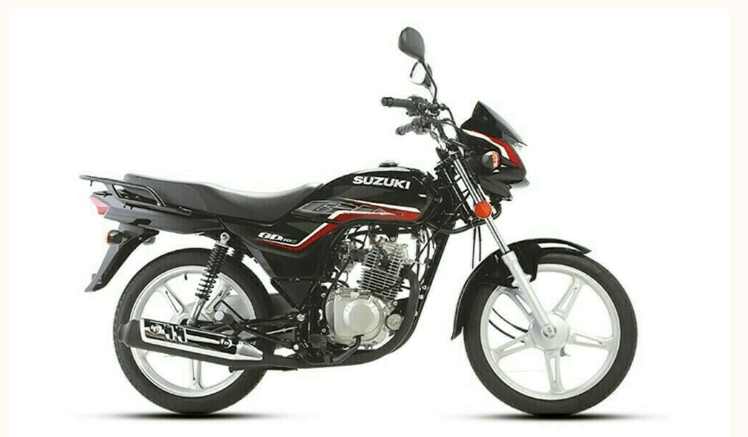
Pak Suzuki: NEV Levy Impact
Suzuki also revised prices from July 1, raising models like:
- GD110S: Rs 362,600
- GS150: Rs 392,900
- GSX125: Rs 504,900
- GR150: Rs 552,900
- INAZUMA GW250JP: Rs 1,252,400
These adjustments align with the NEV Levy and follow suit with competitor moves.
What’s Driving These Increases?
- New Taxation Policies – Introduction of Carbon Levy and NEV Levy in FY25–26 budget.
- Currency Depreciation – Weak rupee inflates the cost of imported parts.
- Inflationary Pressures – Despite a relative easing of headline inflation, consumers remain burdened by rising costs overall.
Impact on Commuters & Riders
Motorcycles form the backbone of Pakistan’s daily mobility, especially for low-income households, informal workers, and delivery personnel. These rate hikes come as a heavy blow, increasing transportation costs, delaying bike purchases, and stretching tight household budgets further.
Consumer Voices & Market Insight
Reddit users have long commented on rising bike costs in Pakistan:
“125cc used to cost around 120k… now it’s 400k plus which is crazy.”
They cite currency devaluation and import costs as driving prices into the range of mid-level cars in other markets — an unsustainable trend.
Looking Ahead
- Chronic Price Increases: These hikes are likely to continue unless policy is revised or stronger rupee stabilizes.
- Potential Demand Cooling: Dealerships are already reporting slower sales amid declining affordability.
- Possible Relief Measures: Market experts have called for targeted tax relief or subsidies to aid low-income riders — something the industry and consumer advocates will be lobbying for.
Final Thoughts
The July 2025 motorcycle price surge underscores how policy and macroeconomic shifts directly impact everyday mobility in Pakistan. While aimed at environmental and fiscal goals, the levies and taxes have transferred costs straight to the average rider—many of whom can least afford it. As inflation and currency instability persist, the market faces a key question: Will the government and industry find a balance that preserves affordable access to vital commuter transportation?
